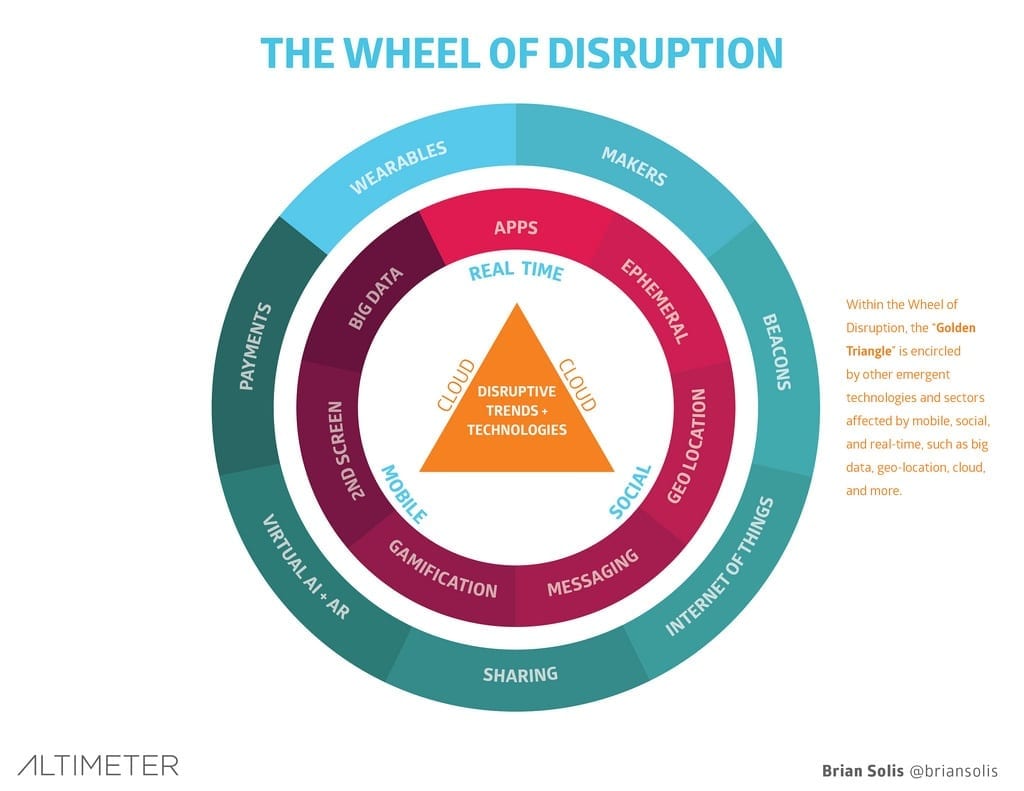3 min read
Walk In or Walk Out: Importance of Digital Transformation in Business
Anurag : Jan 22, 2018 10:00:00 PM

Digital transformation is a process of modernizing a business in accordance with the current technologies and solutions. It has been one of the hottest topics of discussion among the C-level executives. Even after so many discussions and debates around the topic, there is hardly any progress in terms of advancement and modernization of business processes. Overall digital transformation seems to be a far-fetched goal for most of the enterprises.
Although there are many complications involved yet managers are putting their best foot forward to make their business competitive in the current market space. Due to the ever-changing technological scenario and increased demand of consumers businesses need to adapt themselves to the changing times. It is challenging for enterprises relying on traditional business systems to prepare for such drastic changes. The cost in terms of capital and human resource is involved in pivoting the current processes and systems to the changing technological landscape.
While it is already challenging for businesses, the rapid growth of disruptive startups has increased the level of urgency. If businesses with traditional approaches do not adapt themselves then they risk losing their customer base to the new age startups. In this blog, we will understand the importance of digital transformation and help businesses pivot the current operations to meet the digital requirements.
Why is Digital Transformation More Important than Ever?

1. Customer requirements:
In the age of digital communication, the number of touchpoints have increased substantially. Customers now demand a seamless experience across all digital channels that include social media, phone, website, customer care and direct sales interaction. To match up businesses need to create an omnichannel management system which helps in analyzing data from multiple platforms and provide a seamless experience across all touchpoints.
2. Easy access to knowledge base:
Old businesses are benefited from the institutional knowledge that they had gained over years. Though the benefit of experience persists new enterprises are now able to easily develop this knowledge base in a shorter span of time. The cloud infrastructure provides flexibility to businesses so that they can test multiple scenarios and reach an optimal solution. Traditional businesses need to use similar systems to remain competitive in the market.
3. Handling risk:
Flexible and modern IT systems help businesses easily mitigate risks. While startups and mid-size businesses can easily adapt to risks due to limited hierarchies, enterprises fail to compete on these grounds. This makes enterprises ineffective in handling uncertainties. The digital landscape today requires the executives to make decisions based on real-time scenarios. To maintain their standing, they need to adapt to the changing digital needs. This means welcoming new agile frameworks and ditching traditional approach to development.
Read More: 9 Elements of Digital Transformation that Guide Digitization
Where to Start Digital Transformation?
You’ll need to pivot your organization around four focal points. Here we will discuss each of them in detail. The first is customer experience. The value of giving first priority to your customers seems somewhat cliché. But it stands the test of time. Some of the best companies across the world have risen from the ground up on the same principle. Now it is much easier for customers to switch accounts. Businesses need to opt for a customer-centric approach to management at all levels.
The second is product digitization. It refers to adding smart elements to otherwise dumb products. With the advent of IoT and sensor technology, it is now possible for a business to make their products smart using data collection mechanism. Nike is the best example of such innovation. With their connected shoes, they deliver insights related to physical activities directly to a person’s phone or smartwatch. The product's popularity speaks for itself about the success of the initiative.
Employee engagement is the third focus area for digital transformation. While improving the level of employee’s say in critical decisions seems obvious, it is still a largely ignored part of the overall initiative. A business needs the support of every employee to make a transformation successful. It is, in fact, the collective efforts of employees from CEO to floor level staff that makes a digital transformation successful.
Finally, process optimization completes a digital transformation. Businesses relying on traditional production and organizational practices need to adapt to more dynamic and agile setup. This improvement can be achieved by filling loopholes in the current processes or creating a completely new strategy from scratch. It is important to remember that these 4 focus areas are not steps. You as a strategist will need to take a holistic approach to achieving digital transformation.
As IT strategists we can help you throughout your journey of digital transformation. Feel free to get in touch if you need consultation or have a project. Meanwhile, you can have a look at our case studies.

Top Digital Wallet trends in the coming years
As the global economy evolves, so are the ways people pay. Once upon a time, Money became sovereign, before credit and debit cards took their place....


